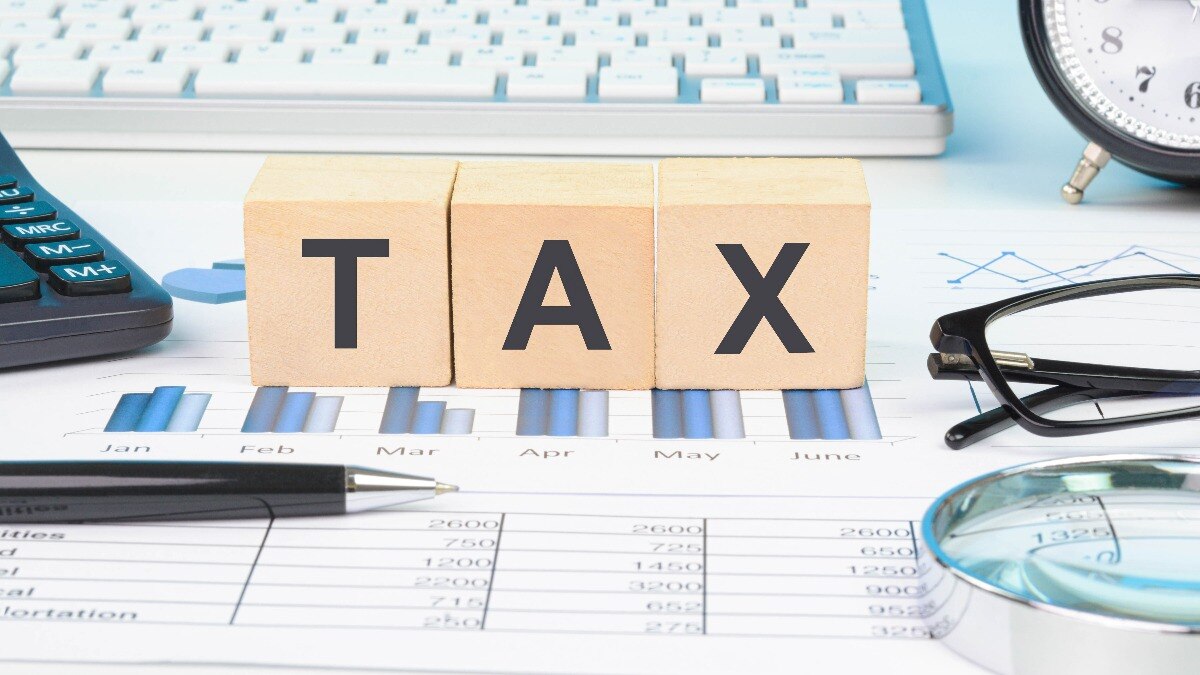Taxpayers choosing the old income tax regime for the Assessment Year 2025-26 will face increased scrutiny when claiming deductions, as the Income Tax Department has introduced stringent disclosure requirements. The changes are part of an effort to curb false deduction claims, with the verification process now automated to speed up Income Tax Return (ITR) processing and reduce errors. This automation shifts verification from a manual post-submission check to an upfront requirement at the time of filing. The goal is to ensure that all claims are substantiated by accurate documentation, thereby reducing the likelihood of fraudulent claims.
The Central Board of Direct Taxes (CBDT) has extended the ITR filing deadline to 15 September 2025, allowing taxpayers additional time to gather the requisite detailed information. The extension comes as the department mandates itemised reporting for deductions under sections like 80C, 80D, and 24b, making lump-sum deduction claims without supporting documents a thing of the past. This move aims to ensure that taxpayers provide accurate and detailed documentation for each deduction claimed, thus enhancing the integrity of the tax filing process. This is expected to result in a more streamlined and transparent filing process, benefiting both taxpayers and the department.
For deductions such as home loan interest under Section 24b, education loans, and electric vehicle financing, taxpayers must now provide detailed data, including lender name, loan account number, sanction date, total loan amount, and outstanding balance. Such measures are expected to prevent inflated or ineligible deduction claims. The requirement for detailed disclosures ensures that each claim is backed by verifiable information, thereby reducing the chances of fraudulent claims slipping through the system. This comprehensive approach is intended to foster a culture of compliance and accountability among taxpayers.
All submitted data will be cross-referenced with third-party databases using PAN and Aadhaar linkages to ensure accuracy. The system will verify information from insurance firms, banks, and other governmental records to enhance transparency and integrity in income reporting. This cross-verification process is designed to align taxpayer submissions more closely with actual financial transactions, thereby promoting a more transparent tax environment. The integration of technology in this manner is a significant step towards modernizing the tax administration process.
Health insurance claims under Section 80D now require the insurer’s name and policy number, while critical illness deductions under Section 80DDB necessitate disease specification. For House Rent Allowance (HRA) exemptions, taxpayers must provide a breakdown of salary components, rent paid, and work location, ensuring that claims are substantiated. This level of detail is intended to prevent misuse of deductions and ensure that only legitimate claims are processed. By demanding such comprehensive information, the department aims to eliminate loopholes and ensure fair treatment for all taxpayers.
Previously, some taxpayers claimed both HRA and home loan interest deductions even when the rented and owned properties were in the same city. Under the new norms, such claims will be scrutinized, and taxpayers must verify the legitimacy of maintaining a rented residence relative to their place of work. This change addresses a common loophole that was previously exploited, ensuring that deductions are granted only where truly applicable. The emphasis on verification is expected to deter attempts at tax evasion and promote honest reporting.
The Income Tax Department’s initiative to automate verification and require specific documentation is a significant shift towards greater accountability. The changes reflect a broader trend in tax administration towards leveraging technology for better compliance and efficiency.
